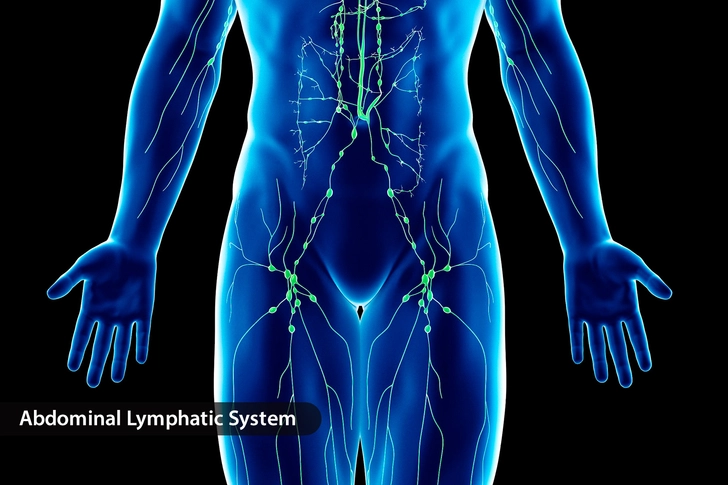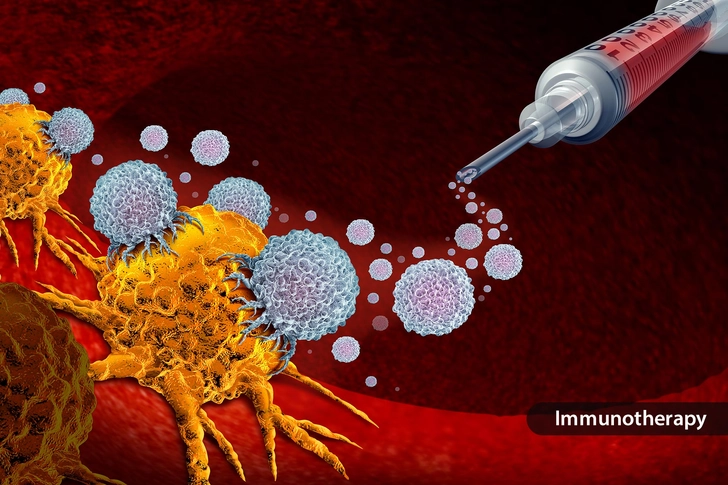A Step-by-Step Look at Metastatic (Stage IV) Bladder Cancer



What Is Metastatic Bladder Cancer?
When your bladder cancer has spread beyond its starting place in the bladder to a distant part of your body, it’s metastatic. It means doctors have found bladder cancer cells outside your bladder. You may also hear it called “stage IV” or “advanced” bladder cancer.

Bladder Cancer Metastatic Sites
Metastatic bladder cancer may happen when cancer cells travel through your blood or lymph system to other areas of your body. The most commonly affected sites are the lymph nodes, bones, lungs, liver, and peritoneum (the membrane lining your abdominal cavity).

Metastatic Bladder Cancer Symptoms
The symptoms you have depend on which parts of your body are affected. Problems with peeing are common. When it has spread to your liver, you may have yellow skin and eyes, discolored pee, and abdominal pain. Bladder cancer in the lungs can cause trouble breathing, chronic cough, chest pain, and voice changes. In the bones, it can increase your risk of breaking a bone and pain.

Diagnosing Metastatic Bladder Cancer
To find out if you have bladder cancer, your doctor will use tests such as a scope to look inside your bladder (cystoscopy), biopsy, urine tests, and imaging such as CT scans or X-rays. To pinpoint where the cancer has spread, your doctor will use CT scans, MRIs, PET scans, bone scans, and chest X-rays.

Metastatic Bladder Cancer Treatment
Doctors treat metastatic bladder cancer with a combination of immunotherapy drugs, targeted drugs, and chemotherapy drugs, or sometimes just one of the drugs alone. You may also need radiation. In some cases, surgery to remove your bladder (radical cystectomy) is best. If your cancer is blocking urine, you may need a procedure that reroutes your urine to prevent kidney damage.

Bladder Cancer Pain Management
Managing your pain is part of palliative care, which is care that focuses on your quality of life as you live with bladder cancer. You may get over-the-counter or prescription nonopioid medications or prescription opioid medications. In some cases, a nerve block (injection near a nerve) can numb painful areas. Your doctor may also recommend complementary tools like acupuncture, massage, physical therapy, relaxation exercises, meditation, and hypnosis.

Metastatic Bladder Cancer Prognosis
Every bladder cancer case is unique. Only your doctor can give you the best information about how your cancer may progress, and even that is an estimate. A survival rate gives you an idea of how many people are alive after five years with the same type and stage of cancer. For bladder cancer that has spread beyond the bladder to nearby lymph nodes or organs, the five-year relative survival rate is 40%. For metastatic bladder cancer that has spread farther, the survival rate is 9%.

Getting Support
There’s great value and comfort in connecting with others living with metastatic bladder cancer. Joining a support group can be a great boost for your emotional and mental health. The Bladder Cancer Advocacy Network (BCAN) offers lists of in-person, online, and hybrid support group options as well as a survivor-to-survivor resources and a psychosocial help line.
IMAGES PROVIDED BY:
- Science Photo Library/Getty Images
- Carol Werner/Medical Images
- E+/Getty Images
- iStock/Getty Images
- iStock/Getty Images
- Tetra Images/Getty Images
- DigitalVision/Getty Images
- E+/Getty Images
SOURCES:
American Cancer Society: “What Is Bladder Cancer?”
Moffitt Cancer Center: “What is Metastatic Bladder Cancer?” “What Are the Most Common Metastatic Bladder Cancer Symptoms?”
American Journal of Roentgenology: “Metastatic pattern of bladder cancer: correlation with the characteristics of the primary tumor.”
Mayo Clinic: “Bladder Cancer Diagnosis,” “Cancer pain: Relief is possible.”
National Cancer Institute: “Bladder Cancer Stages,” “Treatment of Bladder Cancer by Stage,” “Cancer Stat Facts: Bladder Cancer,” “Bladder Cancer Prognosis and Survival Rates.”
BCAN: “Find Support.”